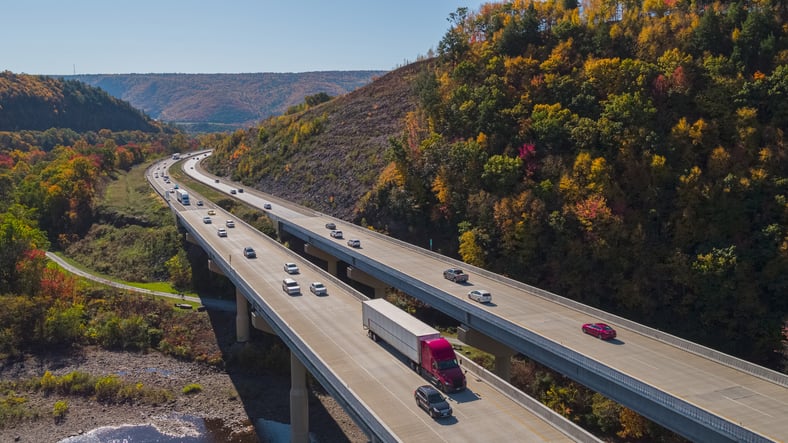The Department of Transportation recently unveiled a new plan that seeks to revolutionize the country’s mobility corridors through evaluating existing technologies, as well as supporting emerging ones, in order to better bolster safety programs.
In its “Research, Development and Technology Strategic Plan” which goes through 2026, DOT officials proposed dedicating additional attention to safety strategies associated with human factors, cybersecurity and data-driven systems for road users. DOT’s aim is to minimize and, potentially, eradicate fatalities throughout the nation’s transportation system.
The plan proposed:
On data that it would “develop new methods and tools for safety data collection, management, analysis and evaluation.”
On design, it would “Evaluate the safety performance of infrastructure design and develop and promote the use of effective safety countermeasures.”
On technology, that officials should “leverage innovative technologies to monitor, predict and plan ways to reduce injuries and fatalities among the transportation workforce and traveling public.”
According to the plan, adopting the department’s strategy would “contribute to a future transportation system where transportation-related serious injuries and fatalities are eliminated.”
“We must harness investment and ingenuity to create good-paying jobs and ensure that innovative technologies are safe and accessible so that no matter who you are or where you live you will see the benefits of these investments in transportation,” said Secretary Pete Buttigieg in a statement accompanying the plan.
“Our role as a department is to ensure that the enormous potential of U.S. transportation innovation advances our priorities, reflects American values, and ultimately serves to benefit our nation and its people,” the secretary continued. “This means empowering workers and expanding access to training and good jobs with the free and fair choice to join a union. It also means we can’t be afraid to do things differently, to experiment and learn from our failures.”
Robert Hampshire, deputy assistant secretary for Research and Technology added, “Our values start and end with the well-being of the people the national transportation system serves. This drives our highest priority: safety. This will never change. Economic disruptions resulting from the COVID-19 pandemic have brought renewed attention to the importance of a strong transportation workforce, a robust freight system and a resilient supply chain.”
The strategic plan will also serve to guide the implementation of about $5 billion dedicated to research projects, the funding of which stems from the $1.2 trillion Infrastructure Investment and Jobs Act.
In a major show of support for transportation initiatives, the 2021 infrastructure law provided $500 million to the SMART program and investments in University Transportation Centers. The scope of projects range from climate-conscious solutions to equity issues while prioritizing innovation across all disciplines.
With the passage of this legislation, America has taken a giant leap forward in infrastructure research and development. ARPA-I was established to ramp up these efforts while an initiative received $50 million annually as part of a nationwide effort to speed advances linked with disruptive technologies.
Last year, when the DOT unveiled its National Roadway Safety strategy, the safety outlook responded to National Highway Traffic Safety Administration data estimating nearly 43,000 traffic fatalities in 2021 – a whopping 10.5% increase from the previous year.
Per DOT, the safety strategy document “outlines the department’s comprehensive approach to significantly reducing serious injuries and deaths on our nation’s highways, roads and streets.”
“This is the first step in working toward an ambitious long-term goal of reaching zero roadway fatalities,” it went on. “Safety is U.S. DOT’s top priority.”
Source: ttnews








